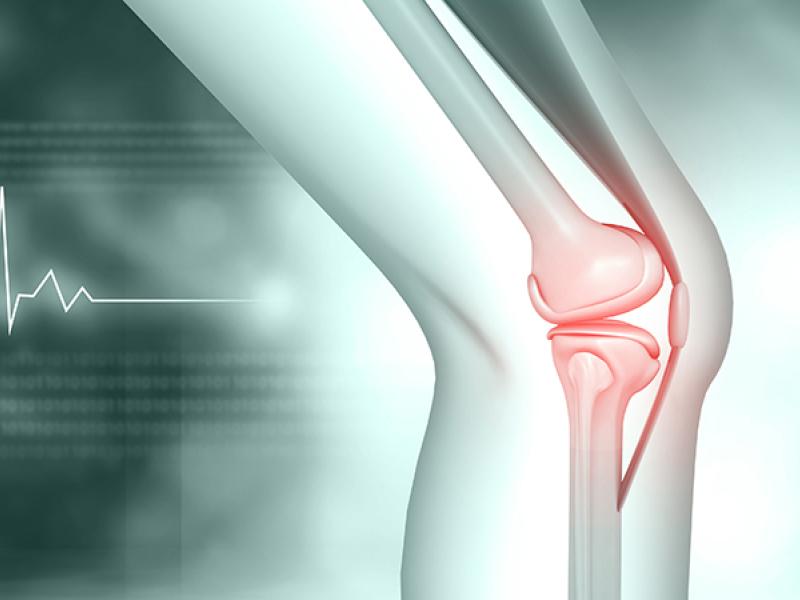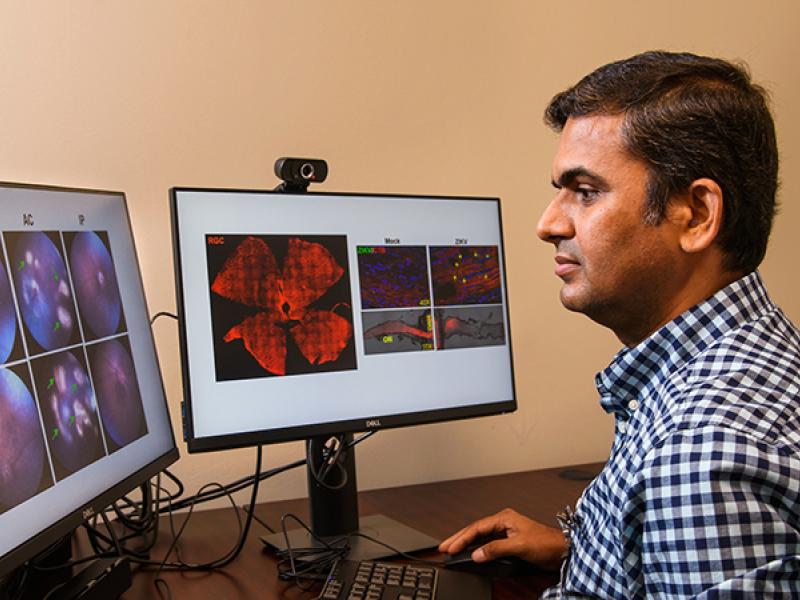Learn how researchers at the University of Missouri School of Medicine can apply for research funding.
NIH Data Management and Sharing Plan
Sharing research data securely and efficiently is a key step toward supporting and advancing translational science, as it allows for savings in researcher time and effort and greater assurance of reproducibility. In keeping with its earlier data sharing policies, the NIH Data Management and Sharing Policy, effective Jan. 25, 2023, requires all grant applications or renewals that generate scientific data to include a robust and detailed plan for how the data will be managed and shared during the entire funded period.
The term “scientific data” is defined in the policy as “The recorded factual material commonly accepted in the scientific community as of sufficient quality to validate and replicate research findings, regardless of whether the data are used to support scholarly publications.”
The Data Management and Sharing Plan (DMS Plan) should include information on data storage, access policies/procedures, preservation, metadata standards, distribution approaches, and more.
The DMS Plan will be assessed by NIH Program Officers (peer reviewers will comment on the proposed data management budget). The approved plan becomes a Term and Condition of the Notice of Award.
What to Include in your Plan
- Data Type
- Related Tools, Software and/or Code
- Standards
- Data Preservation, Access, and Associated Timelines
- Access, Distribution, or Reuse Considerations
- Oversight of Data Management and Sharing
How to Submit
- NIH has developed an optional DMS Plan Format page that aligns with the recommended elements of a DMS Plan.
- The DMSP follows the Research Plan section and does not count toward the application page limit.
- DMS Plans are recommended to be two pages or less in length.
- DMS Plans should be included within the “Other Plan(s)” field on the PHS 398 Research Plan.
- A brief summary and associated costs should be submitted as part of the budget and budget justification.
- Hypertext (e.g., hyperlinks and URLs) are not allowed in the DMS Plan attachment.
Resources
- MU Sample Data Management Sharing Plans, contributed by SOM researchers for informational purposes. (Available with MU log-in credentials)
- NIH Sample Plans can be found here.
- An optional DMS Plan format page that aligns with the recommended elements of a DMS Plan.
- DMP Tool, a free, open source application that provides a click-through wizard for creating a plan that complies with funder requirements.
- DMP Best Practices, provided by MU Libraries.
Grant Proposal Application Process
The application process involves preparing a set of documents that address requirements, both for MU, and for the external funder. MU Sponsored Programs Administration (SPA) requires that applicants submit a detailed internal project budget, that the project be entered into the PeopleSoft system, and that approvals are obtained from individuals on the project, their chairs and deans. Additionally, for applications to federal funders, SPA must confirm that all project personnel are compliant with federal conflict of interest guidelines.
To apply for NIH funding, all investigators must have an eRA Commons ID. If you do not have one, you can request that SPA create one for you by completing the NIH eRA Commons Registration Form. NIH requires applications to be submitted electronically, MU SOM and MU SPA use ASSIST, NIH’s web-based service for the preparation, submission and tracking of grant applications.
Use the application instructions found at this link, along with the guidance in the funding opportunity announcement, to submit grant applications to NIH, the Centers for Disease Control and Prevention, the Food and Drug Administration, and the Agency for Healthcare Research and Quality.
Tips for Planning and Organizing Your Application
- Find a Funding Opportunity (FOA) that Fits Your Research
- Determine Application Submission Date
- Meet with Office of Medical Research Leadership
- Meet with Proposal Development Staff
- Obtain Any Required Prior Approvals
- Find Collaborators
- Consider Human Subjects and Vertebrate Animal Requirements
- Organize Your Time to Complete the Application
Short List of Commonly Required Application Documents
| Section of Application | Description | Page limit |
|---|---|---|
| Project Summary/Abstract | A succinct and accurate description of the proposed work. | 30 lines |
| Project Narrative | Communicates the public health relevance of the project to the public. | No more than 2-3 sentences |
| Specific Aims | State concisely the goals of the proposed research. Summarize the expected outcome, including the impact on the research field. | 1 page |
| Research Strategy | Nuts and bolts of application, describe research rationale and experiments to accomplish each aim. | 12 pages |
| Biographical Sketch | Documents an individual’s qualifications and experience for a specific role in a project. | 5 pages
|
| Describe how the scientific environment in which the research will be done contributes to the probability of success (e.g., institutional support, physical resources, and intellectual rapport). If there are multiple performance sites, describe the resources available at each site. |
No page limit |
Additional Resources
These samples, templates and boilerplates are provided to help you prepare your grant proposals. They are not intended to be used ‘as is’ and should be customized based on your circumstances. Please review each carefully, check for relevance and edit to suit your grant proposal. Also, please keep in mind that funding agencies frequently change the format and specifications on forms and documents. Always check the current agency guidelines and the funding announcement to be certain that you are following the most current requirements.
- How to write a Specific Aims Page
- Introduction to the Specific Aims of a Grant Proposal
- Biosketch Format Pages, Instructions and Samples
- Summary Changes: NIH 2022 Biosketch Template and Requirements
- Develop Your Budget
- Full Budget Justification for use with detailed “R&R” Budgets
- Personnel Justification for use with Modular Budgets
- Definition of Human Subjects Research
Other
- Facilities and Resources – MU Overall (pdf) (doc)
- Authentication of Key Biological Information
- NEW: NIH Data Management Sharing Policy
- Responsible Conduct of Research Description
- The NIH’s "All About Grants" episodes can also be heard on iTunes, Spotify, as well as the NIH Grants Youtube channel.





